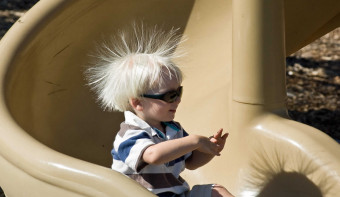About National Meteor Watch Day
There are several meteor showers that occur throughout the year, but some of the best and most active ones include:
The Quadrantids: This shower occurs in early January and is known for its bright fireballs. The peak is brief, only lasting for a few hours, but during that time, it can produce up to 40 meteors per hour.
The Perseids: This shower occurs in mid-August and is one of the most popular and dependable showers of the year. It typically produces around 60-70 meteors per hour at its peak and is known for its bright and fast meteors.
The Geminids: This shower occurs in mid-December and is considered to be one of the best showers of the year. It produces around 120 meteors per hour at its peak and is known for its bright, slow-moving meteors.
The Orionids: This shower occurs in late October and is associated with the famous constellation Orion. it produces around 20 meteors per hour at its peak and are known for their fast and often colorful meteors.
It's worth to note that to see meteor showers, you will need a clear, dark sky and it's best to be away from light pollution. Also, it's best to look at the sky during the shower's peak, but you can also see some meteors a few days before and after the peak. You can check the exact peak dates and the best viewing times for each shower by consulting an astronomical calendar or by checking with your local planetarium or astronomy club.
Similar Observances
Dewey Decimal System Day
Read More
Nobel Prize Day
Read More
National Static Electricity Day
Read More
National Science Appreciation Day 🧬
Read More
Other Observances on June 30th 2026
Social Media Day
Read More
International Asteroid Day
Read More








